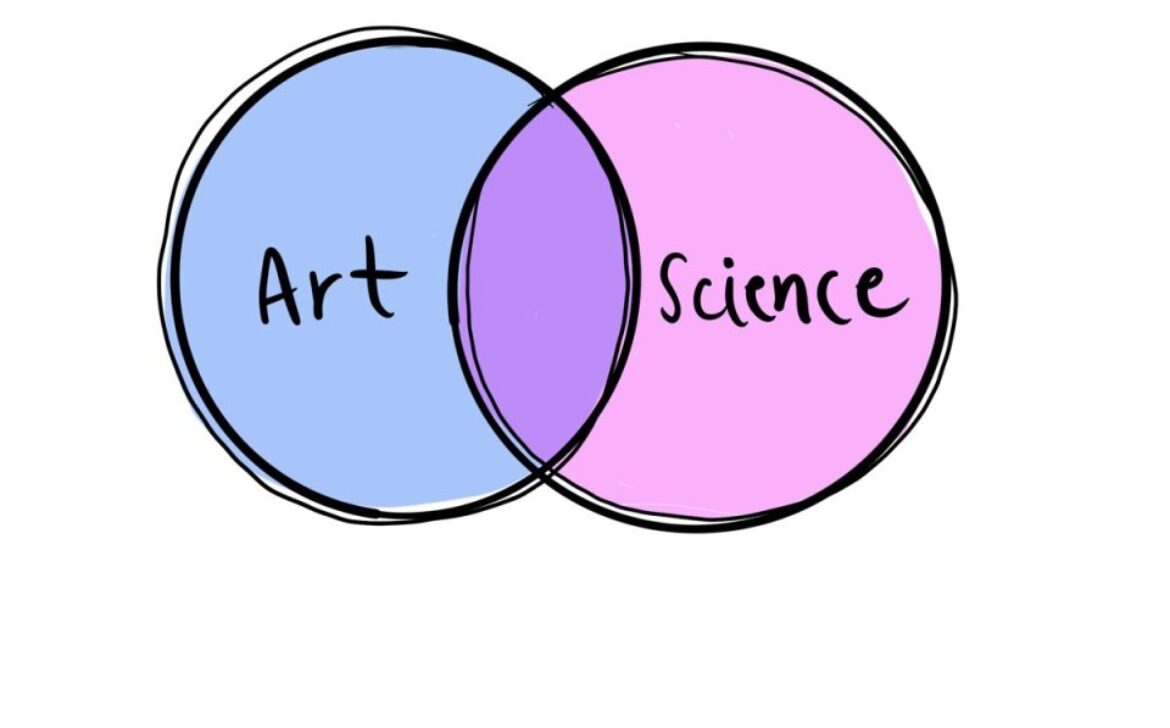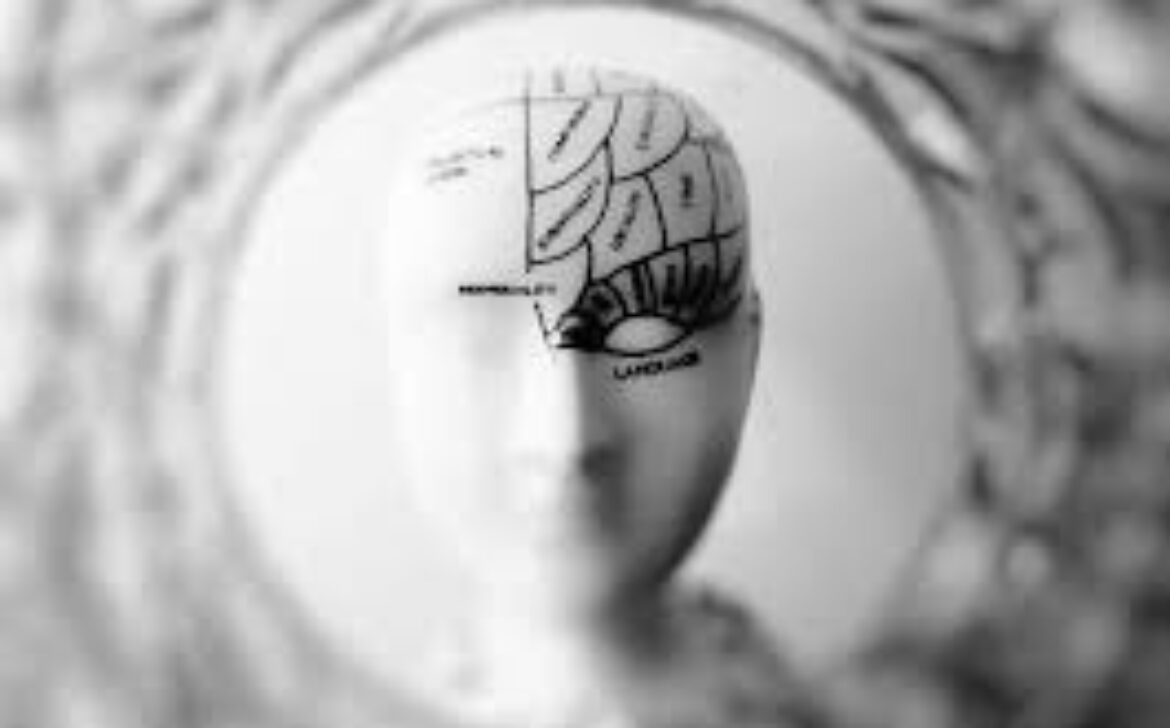The Impact of DevOps in Today’s Digital Landscape

Introduction
In today’s fast-paced and fiercely competitive digital landscape, the need for speed, agility, and innovation has never been more critical. As organizations strive to deliver products and services at an unprecedented pace while maintaining high levels of quality and reliability, traditional software development and operations approaches often fall short. This is where DevOps comes into play, revolutionizing the way software is built, deployed, and managed. Let’s delve into the impact of DevOps in today’s world, why it’s needed, its benefits, and draw a conclusion on its significance.
Why DevOps is Needed

Alignment of Development and Operations:
DevOps bridges the gap between development and operations teams, fostering collaboration, communication, and shared responsibility throughout the software development lifecycle. This alignment ensures that development and operations work seamlessly together, leading to faster delivery cycles and improved efficiency.
Continuous Integration and Continuous Delivery (CI/CD):
DevOps practices enable organizations to implement CI/CD pipelines, automating the process of building, testing, and deploying software. By automating repetitive tasks and reducing manual intervention, CI/CD pipelines accelerate the delivery of new features and updates, allowing organizations to respond quickly to market demands.
Scalability and Flexibility:
With DevOps, organizations can leverage cloud infrastructure and containerization technologies to achieve greater scalability and flexibility. By dynamically provisioning resources and deploying applications in lightweight containers, DevOps enables organizations to scale their infrastructure and applications based on demand, ensuring optimal performance and cost-effectiveness.

Benefits of DevOps
Faster Time to Market:
DevOps practices enable organizations to deliver software updates and new features to market quickly and efficiently, reducing time to market and gaining a competitive edge.
Improved Quality and Reliability:
By implementing automated testing, continuous monitoring, and proactive error detection, DevOps helps organizations improve the quality and reliability of their software, minimizing defects and downtime.
Enhanced Collaboration and Communication:
DevOps promotes a culture of collaboration, transparency, and accountability across development, operations, and other stakeholders, fostering innovation and driving organizational success.
Conclusion
In conclusion, DevOps has emerged as a transformative approach to software development and operations, revolutionizing the way organizations build, deploy, and manage software. By aligning development and operations, implementing CI/CD pipelines, and leveraging automation and cloud technologies, DevOps enables organizations to accelerate innovation, improve efficiency, and deliver value to customers at scale. In today’s digital landscape, where speed, agility, and innovation are paramount, DevOps is not just a methodology but a strategic imperative for organizations seeking to thrive in a rapidly evolving market.












